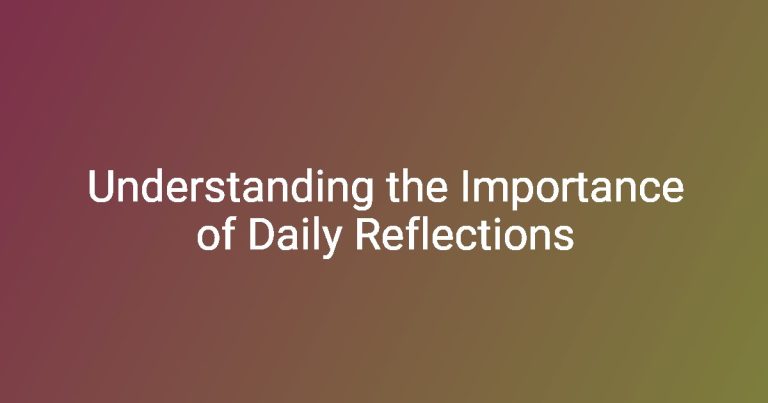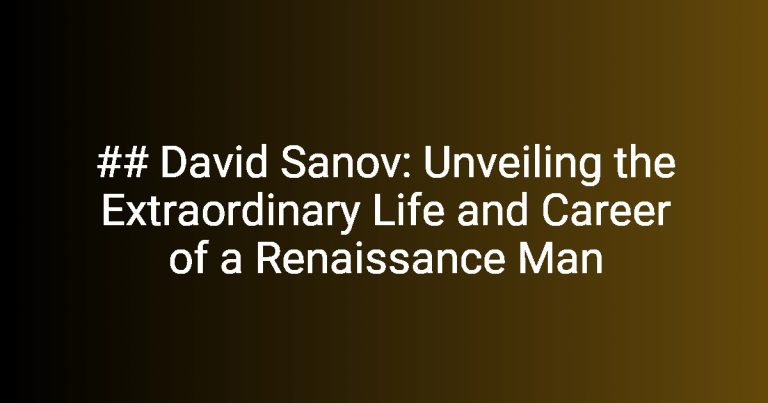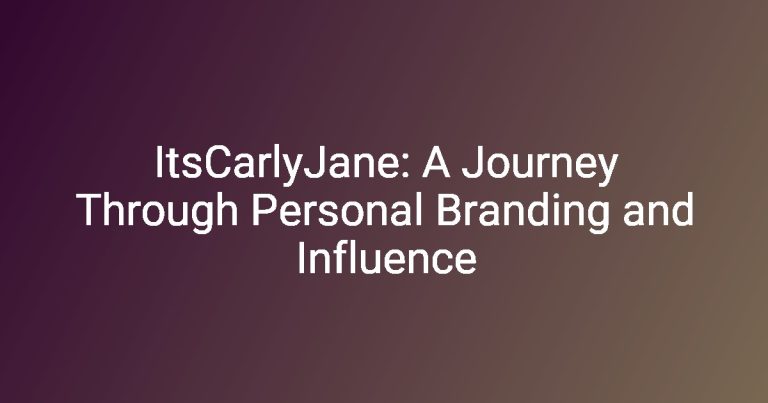The phrase “Have a good day” is often exchanged in casual conversations as a simple gesture of goodwill. Whether it’s at work or during a brief encounter with a stranger, this phrase serves as a social lubricant, smoothing interactions and enhancing relationships. How we respond to this phrase can significantly contribute to the tone and quality of our social exchanges. This article delves into the various ways to respond to “have a good day” and explores how these responses can foster connections and influence our social dynamics.
Understanding the Context
Common Situations for the Phrase
You’ll often hear “have a good day” in various settings. Here are a few common situations:
- In the workplace: Bosses and colleagues often part ways with this phrase during meetings or after discussions.
- Social interactions with friends or family: It’s common to hear it during farewells or after a lunch outing.
- Customer-service encounters: Employees frequently use it as a polite send-off to customers.
- Casual conversations in public settings: Strangers might casually employ it after brief chats.
The Meaning Behind the Phrase
At its core, the expression “have a good day” reflects goodwill and positive intentions. It’s a way of wishing someone happiness and success throughout their day. However, its significance can vary across cultures—what may be a simple formality in one culture could be a heartfelt wish in another.
Types of Responses
Positive Responses
Responding positively to “have a good day” reflects your acknowledgment of the sentiment and helps create a positive atmosphere. Here are some direct acknowledgments:
- “Thank you! You too!”
- “Thanks! I appreciate it!”
You can also express enthusiasm with variations such as:
- “Absolutely! You have a great day as well!”
- “Thanks! Looking forward to it!”
These responses not only convey gratitude but also help in fostering rapport.
Neutral Responses
Sometimes, a simple acknowledgment suffices. Consider these neutral responses:
- “Thanks.”
- “Okay, you too.”
Such responses maintain the flow of conversation without adding more, making them suitable for various settings.
Humorous Responses
If you’re aiming to lighten the mood, try injecting humor into your response. A light-hearted reply can create a memorable interaction:
- “Only if you’re having one too!”
- “I’ll do my best—promise!”
Situational humor can also work well:
- “Good day? I’m aiming for great!”
Thoughtful or Reflective Responses
Adding a personal touch can enhance connections. Here are some reflective responses:
- “Thank you! I really appreciate the sentiment.”
- “That’s kind of you to say. Hope your day is also filled with peace!”
You may also provoke further conversation with responses like:
- “Thanks! Any plans that will make it good for you?”
When Not to Respond
Situational Factors
Understanding when to hold back from responding is equally important. For instance, if you are in a stressful environment or facing conflict, responding may feel insincere or be unnecessary. If the sender appears insincere themselves, a response might not be warranted.
The Role of Non-verbal Cues
Recognizing body language is crucial. Non-verbal cues, such as a closed posture or lack of eye contact, may indicate reluctance to engage in conversation. Paying attention to these signals can guide your choice to respond or simply nod and move on.
Cultural Variations
Different Approaches Around the World
Various cultures have unique methods of handling greetings, including good wishes. In some cultures, a simple nod may be enough, while in others, they may expect a more extended exchange. Learning these differences can enhance your social interactions globally. For instance, in Japan, one might bow slightly while expressing well wishes, emphasizing respect.
Learning From Each Other
Cultural sensitivity is paramount as we navigate responses to social cues. By observing and adapting to how different cultures communicate, we can enhance our personal and professional relationships. The exchange of responses can enrich cross-cultural communication, promoting understanding and friendship.
Enhancing Communication Skills
Practicing Empathy and Active Listening
Empathy is key when engaging with someone’s well-wishing. Tailoring your response based on the speaker’s tone and intent shows that you value their sentiment. Active listening allows you to gauge the emotional subtext, making your reply more meaningful.
The Role of Social Intelligence
Understanding social dynamics is essential when choosing a response. Being attuned to the mood and atmosphere helps you pick a suitable reply that enhances rapport. Building social intelligence through practice can improve your interactions and create a more welcoming environment.
Conclusion
The phrase “have a good day” encapsulates goodwill and positivity, and our responses can play a significant role in fostering healthy social interactions. By being mindful and varied in our responses, we contribute to a culture of kindness and understanding. Ultimately, even small exchanges can have a profound impact on our daily lives.
Additional Resources
For further reading on communication skills and social interactions, consider exploring:
Key Points Summary
| Response Type | Example Responses | Situations for Use |
|---|---|---|
| Positive Responses | “Thank you! You too!” | Casual, friendly interactions |
| Neutral Responses | “Thanks.” | Formal or brief exchanges |
| Humorous Responses | “Only if you’re having one too!” | Informal, relaxed settings |
| Thoughtful Responses | “I appreciate that! Hope your day is peaceful.” | Close relationships, deeper conversations |
FAQs
1. Why is it important to respond to “have a good day”?
Responding enriches social interactions and fosters goodwill.
2. Can a simple nod be an appropriate response?
Yes, a nod can suffice in some contexts, especially in less formal situations.
3. Are there cultural differences in responding?
Yes, different cultures have unique ways of expressing well-wishes.
4. How can humor enhance my responses?
Humor can create a joyful atmosphere and leave a positive impression.
5. What if the person seems insincere?
In such cases, a less engaged response may be more appropriate.
6. How does body language affect responses?
Non-verbal cues provide context and can guide your choice of response.
7. What’s the best way to practice empathy in responses?
Active listening and adjusting your answers based on the speaker’s mood can help.
8. Can these principles apply in professional settings?
Absolutely! Mindful communication is vital for building rapport in the workplace.
9. How can positive responses impact relationships?
Positive responses can strengthen connections and the overall atmosphere.
10. What role does social intelligence play?
Social intelligence helps you navigate interactions by understanding dynamics.



